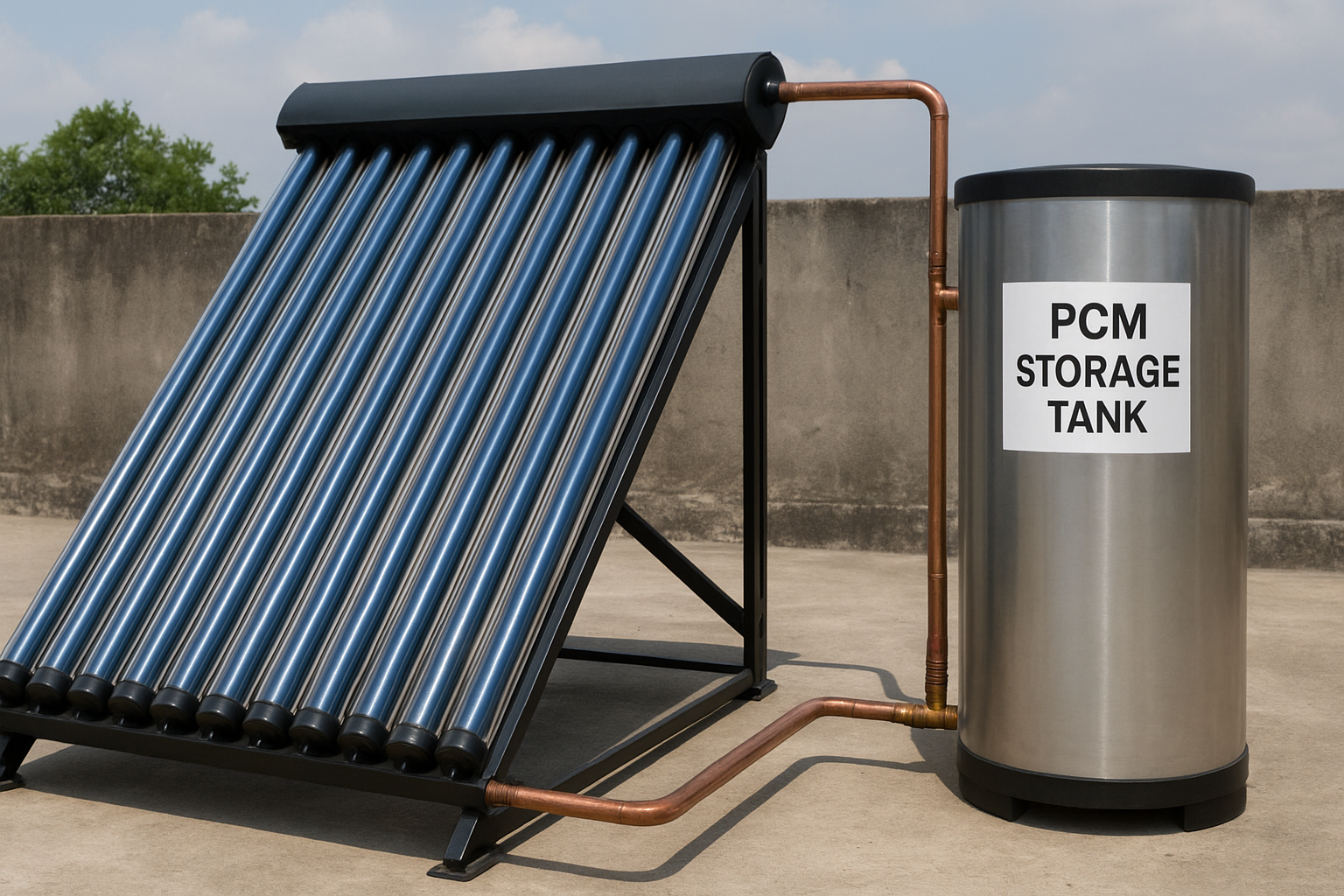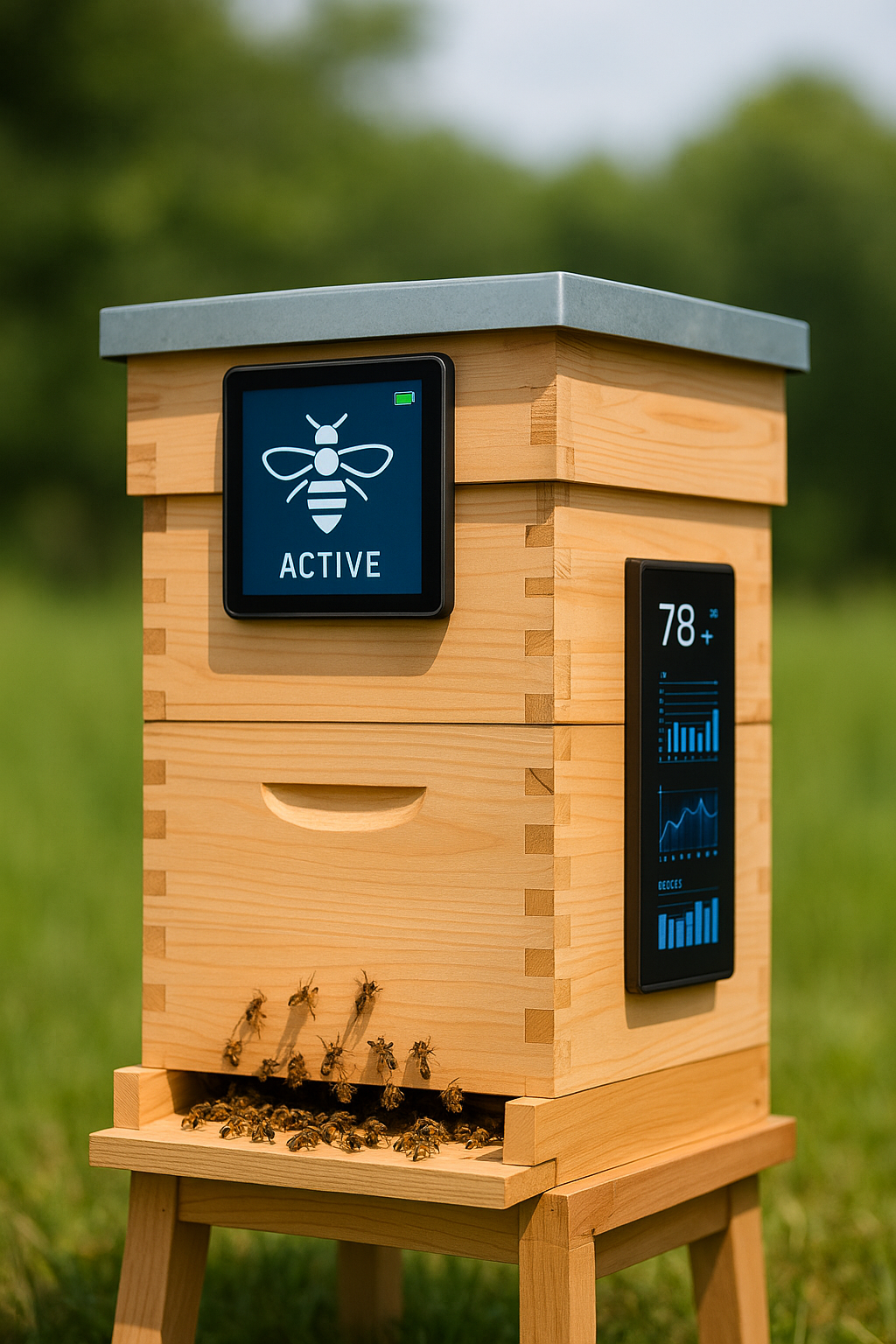Abstract
The demand for sustainable and renewable energy sources is rising due to environmental concerns and the depletion of fossil fuels. Algae biofuel presents a promising alternative, as algae can efficiently capture carbon dioxide (CO₂) and convert it into biofuel through photosynthesis. This project aims to demonstrate the process of biofuel production from algae, from CO₂ capture to biofuel extraction, and explores the benefits and potential of algae as a renewable energy source.
Materials Required
- Algae culture: Strains suitable for high lipid (oil) production, such as Chlorella or Spirulina.
- CO₂ source: A controlled CO₂ tank or connection to an industrial exhaust system.
- Photobioreactors: Transparent containers that allow algae to grow under sunlight or artificial light.
- Light source: Sunlight or LED grow lights to facilitate photosynthesis.
- Nutrient solution: A mix of water, nitrogen, phosphorus, and potassium to nourish the algae.
- Harvesting equipment: Filters or centrifuges to separate algae biomass from the liquid.
- Oil extraction system: Solvents or mechanical presses to extract oil from algae.
- Transesterification chemicals: Methanol and a catalyst (like sodium hydroxide) for converting extracted oil into biodiesel.
Procedure
- Algae Cultivation:
- Set up photobioreactors with nutrient-rich water and inoculate with algae culture.
- Provide consistent light (natural or artificial) to facilitate algae growth through photosynthesis.
- Introduce CO₂ into the system, either from a controlled source or an exhaust gas capture setup, to stimulate rapid algae growth.
- CO₂ Capture and Photosynthesis:
- The algae absorb CO₂, converting it into organic compounds through photosynthesis. The captured CO₂ helps reduce greenhouse gas emissions while promoting algae growth.
- Harvesting Algae Biomass:
- Once the algae culture reaches optimal density, harvest the biomass using a filtration system or centrifuge to separate the algae from the water.
- Oil Extraction:
- Extract oil from the harvested algae biomass using solvent extraction or a mechanical pressing method. This oil is the primary component for producing biofuel.
- Biofuel Production (Transesterification):
- Mix the extracted oil with methanol and a catalyst (e.g., sodium hydroxide) in a controlled environment. This chemical process, known as transesterification, converts the oil into biodiesel and glycerol.
- Refining and Storage:
- Separate the biodiesel from glycerol and refine if necessary. Store the biofuel for use in engines or as a component in green energy systems.
Conclusion
The process of producing biofuel from algae is an innovative approach to creating sustainable energy. Algae effectively capture CO₂, reducing greenhouse gas emissions while generating biofuel. This project demonstrates that with sufficient technological investment, algae biofuel could serve as a viable alternative to traditional fossil fuels, contributing to a greener and more sustainable future. The key challenges include scaling the process for industrial use and optimizing yield, but the potential benefits make algae biofuel a promising area for further research and development.





